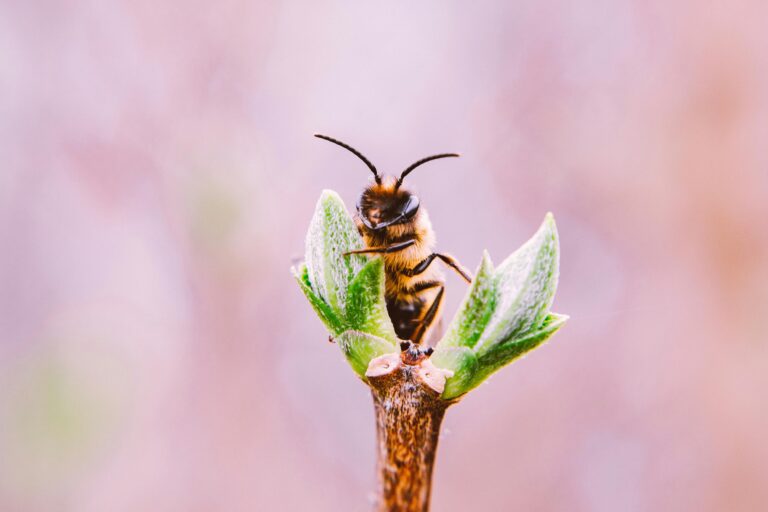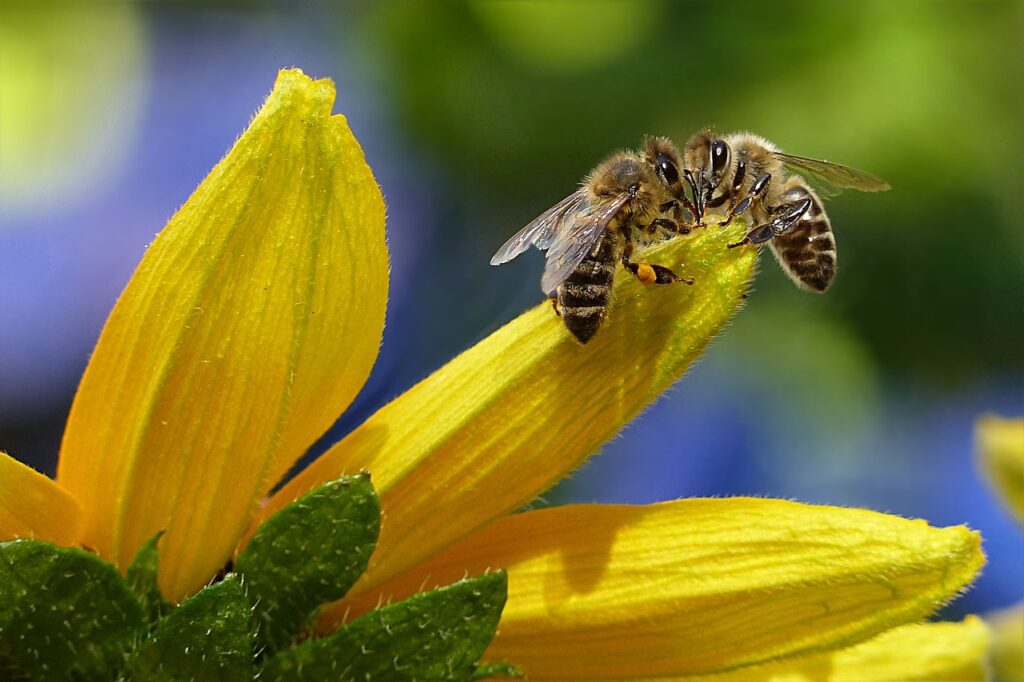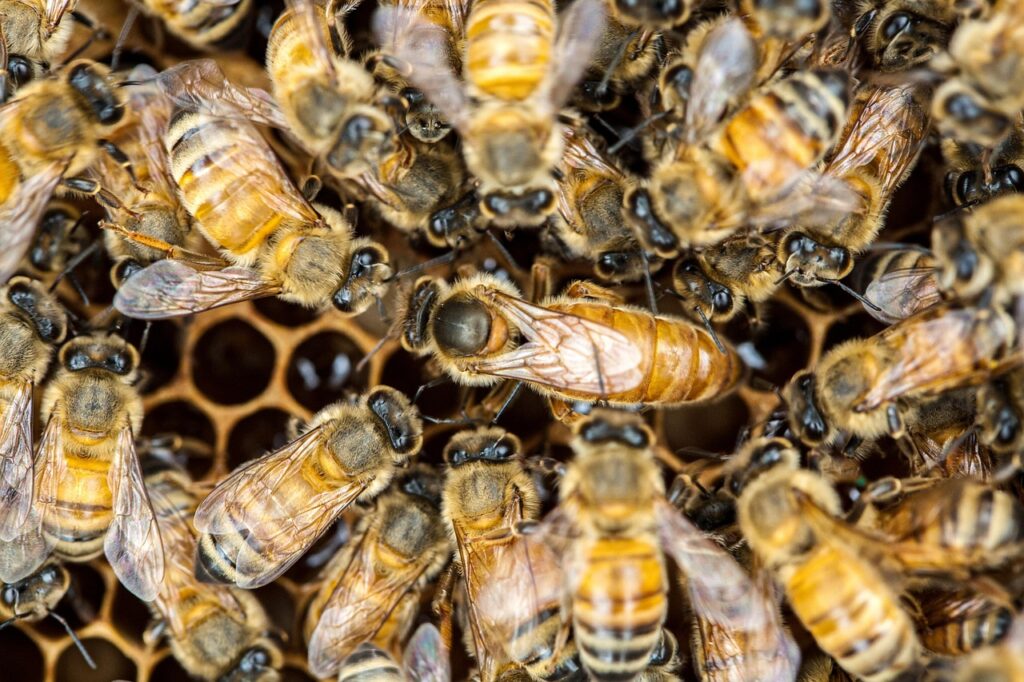Are bees really on their way out?
What are the consequences of the false idea that bees are in danger of extinction?
This false notion has several significant consequences affecting public perception, conservation priorities, and the broader ecological discourse:
• Misplaced Focus on Honeybees Rather than Wild Bees:
This misconception tends to concentrate public concern and conservation efforts almost exclusively on honeybees, which are not actually endangered and whose populations have even increased globally due to managed beekeeping.
Meanwhile, many wild and native bee species are indeed declining and some facing extinction, but they receive far less attention and support[1][2][3].
• Oversimplification of the Pollinator Crisis:
Framing bees broadly as “on the brink of extinction” causes confusion because it masks the complexity of the issue—while a few bee species are endangered, the majority are experiencing population declines rather than immediate extinction.
It may also create complacency if people assume managed honeybees fill all pollination roles and are safe, which is not true[1][2].
• Encouragement of Ineffective or Harmful Actions:
Believing in universal bee extinction risk leads many to keep backyard honeybee hives or increase honeybee numbers on landscapes.
However, honeybees can outcompete native pollinators for limited floral resources and spread diseases, ultimately harming the wild bee populations that are truly vulnerable[4][5][3].
• Diluted Conservation Messaging:
The dramatic narrative of “bee extinction” can overwhelm and confuse, reducing nuanced understanding of habitat preservation, pesticide reduction, and ecosystem diversity that more effectively support all pollinators.
It can also foster fatalism or skepticism if the full picture is never clearly communicated[1][2].
• Reduced Urgency for Habitat Protection:
By focusing on honeybee survival, there is less public pressure to conserve native plant habitats and ecosystems critical to wild bee survival.
This shifts attention away from tackling industrial agriculture practices, habitat loss, pesticide use, and climate change — the root causes threatening many pollinators[1][3].
• Economic and Cultural Misconceptions:
The popular linkage of bee extinction risk with food security underscores legitimate concerns but oversimplifies the diverse species involved in crop pollination.
This misunderstanding risks overemphasizing honeybees as the sole solution to agricultural pollination, ignoring the vital role of native bees[1][2].
In summary, the false idea that all bees are facing extinction leads to misdirected conservation efforts, harmful ecological impacts, public confusion, and underappreciation of wild bee diversity and needs.
More accurate messaging emphasizing the real threats to native bees, habitat conservation, and sustainable agricultural practices is essential to effectively protect pollinators and food systems.
⁂
1. https://www.fairplanet.org/story/the-risks-and-dangers-of-bee-extinction/
2. https://www.theatlantic.com/culture/archive/2024/05/honeybees-at-risk-cultural-myth/678317/
3. https://www.xerces.org/blog/want-to-save-bees-focus-on-habitat-not-honey-bees
4. https://www.youtube.com/watch?v=VSYgDssQUtA
5. https://www.xerces.org/bug-banter/saving-bees-why-honey-bees-are-not-answer



